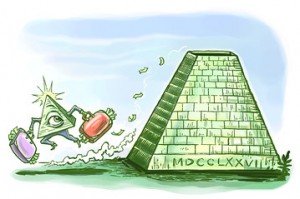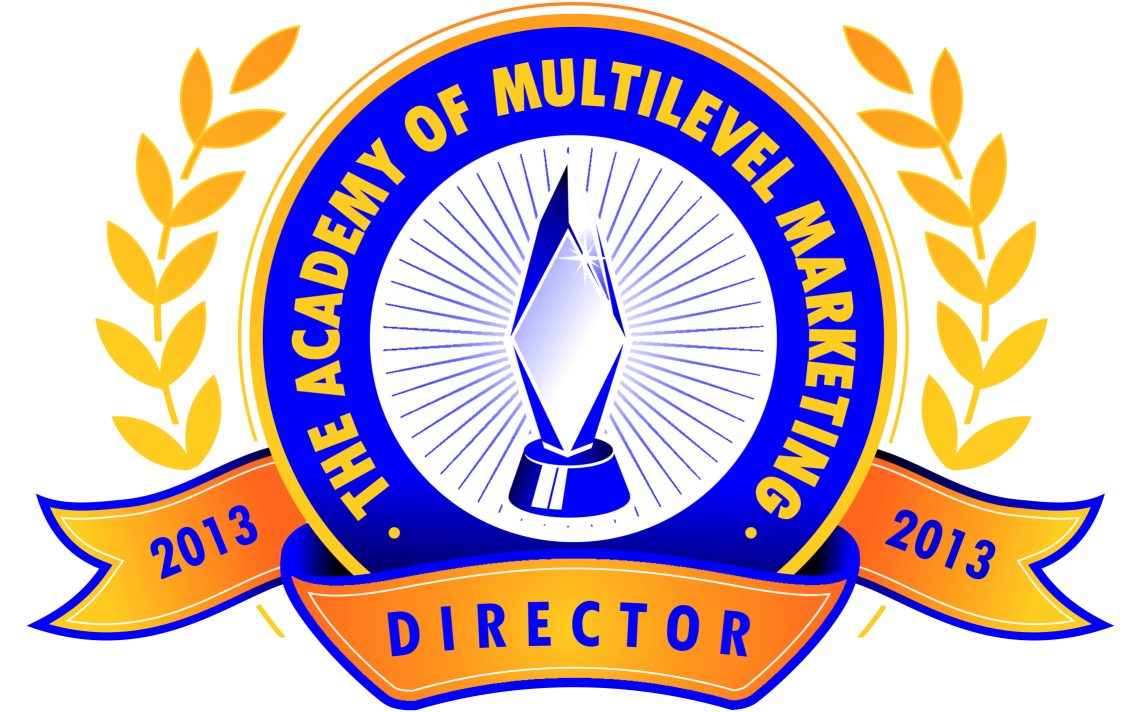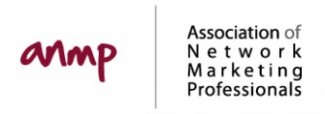MLMSurvivor.com
By Len Clements © 2005
| If you’re just joining this series – too bad. You’ve missed a lot of information that could have helped you enroll that prospect who you just knew would have been fantastic at the business, but was too skeptical of it (we all have them). And you missed out on a lot of fun as well! Part one described all the reasons why Dean Van Druff’s utterly unresearched, illogical, ten year old article “What’s Wrong With Multilevel Marketing?” was wrong. Then we spent three parts on Robert Fitzpatrick’s two anti-MLM books. Not that it was so hard to refute them, there was just so much to refute! Part five dealt specifically with Ruth Carter’s anti-Amway book “Behind The Smoke and Mirrors” and part six introduced a discussion of her web site MLMSurvivors.com.” That’s where the real fun began. So let’s continue. The MLMSurvivors.com message board is allegedly suppose to be a safe haven for “survivors” of MLM to congregate and commiserate. To support and console each other. In reality, it’s a forum for ex-Amway reps to get together and mutually legitimize each other’s excuses for failure – and to carpet bomb the entire MLM landscape. The members, and especially the forum dictators, “PW” and Ruth herself (they call themselves “moderators”) blindly assume that since Amway (now called Quixtar) is a multilevel marketing company, all 2,100 other multilevel marketing companies must operate the same way. The obvious fact that such logic would not even remotely hold true in virtually any other industry seems to carry no weight with them. Their experience in Amway was bad, therefore all companies within that industry must be as bad. When someone should wander into their forum to do what few of these people obviously did – some research and due-diligence into the business they are considering getting involved with – and ask about various other MLM companies, the result is always the same. They are told the company they are considering is bad and should be avoided. But rarely is any actual evidence, even anecdotal, ever provided as to why the company is bad. They think Amway is bad, Amway is an MLM company, the company in question is an MLM company as well, so it must be bad too. That’s it. Case closed. |











